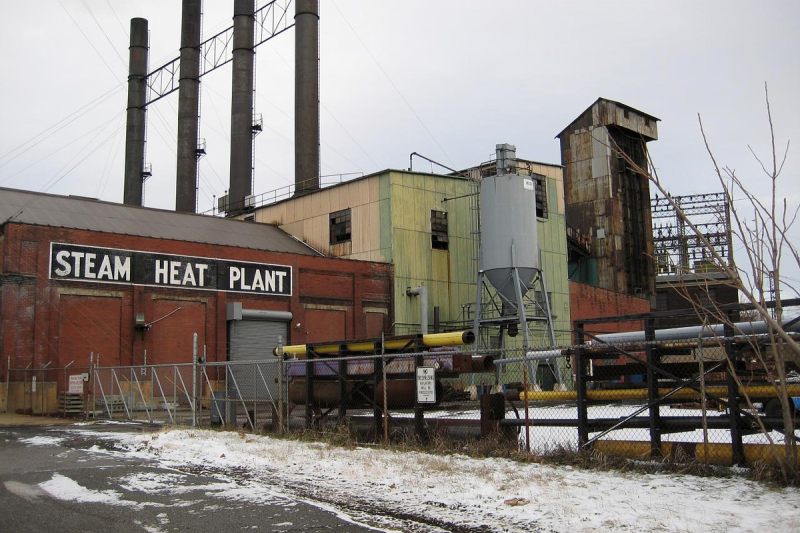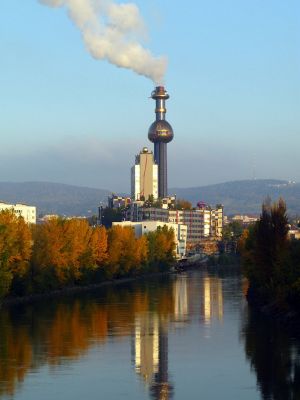Ask Hackaday: Is It Time For Waste Heat and Cold Area Heating To Shine?

It’s difficult to escape the topic of energy supply at the moment, with the geopolitical situation surrounding the invasion of Ukraine leaving the natural gas supply to an entire continent in jeopardy. Fortunately we’re watching the green shoots of an early spring here in the Northern hemisphere so the worst of the winter weather is behind us, but industrial customers can take no such solace from the season and will have to weather whatever price hikes are to come. Every alternative idea for energy supply is on the table, and with the parallel imperative of decarbonising the economy this goes beyond the short term into a future without so much need to rely on gas.
The Future is Cloudy

A collaboration between a Finnish district heating network and Microsoft caught our eye because the location of a new data centre for the tech giant was chosen specifically to supply waste heat to the network, rather than releasing it to the environment. It’s not uncommon at all for European cities to use district heating networks but they are normally supplied by waste incinerators, boilers, or combined heat and power stations. The use of data centre waste heat is a novelty, as is in particular the siting of the data centre being dictated by the network.
Individual gas boilers are economical and convenient, but despite being better for the environment than the coal fires they would have replaced when first introduced, by today’s standards they have a higher carbon footprint than is ideal. Governments around the world are encouraging their replacement with more efficient air-source heat pumps, but as we read about the Microsoft waste heat deployment we couldn’t help wondering whether it’s worth considering the cutting edge of district heating systems — the cloud is other peoples’ servers, after all.
No, Maybe the Future is Cold
When we think of a district heating system, our minds move immediately to a scaled-up version of that domestic heating boiler. A very large boiler or other heat source heats up water, and this piping-hot water is sent down underground pipes to our homes where it flows through our radiators and keeps us warm. It’s simple to understand and has stood the test of time, but as anyone who has walked around a centrally-heated school or hospital on a frosty morning and seen the melted spots on the ground where the pipes are can tell you, even the best-insulated pipes will waste some heat into the soil. The lower the temperature in the pipes the less energy transfer there will be to the soil, but as the pipe temperature approaches ambient temperature of course it would not be enough to heat a home. At this point we return to those heat pumps mentioned above, and encounter the so-called cold district heating system.
Unless we happen to exist at absolute zero, everything has some heat. A freezing cold lake has some heat in that it can be made colder by taking some of its heat away, and that’s exactly what a heat pump does. The air-sourced ones take heat from cold air, but heat pumps can use any medium as a source. A “cold area heating network” pipes water around at close to ambient temperature to be used as a source for heat pumps on customer premises, which might seem like a pointless exercise until we consider that while some heat pumps can take heat from the system, others can put heat into it. Industrial users can pass their waste heat into the pipes allowing consumers to recover it, and the network becomes a lot like a power grid with many smaller source nodes rather than a simple distribution system with only one large node.
It’s probably too late for a momentum shift towards cold area heating for many cities, but we’re curious to hear from any readers with knowledge on the subject. Do any of you live in a city with cold area heating? Or perhaps you’re aware of another data centre area heating project? We’d be fascinated to hear in the comments.
Banner image: “Steam Heat Plant” by Greg Habermann, CC BY 2.0.
Post a Comment